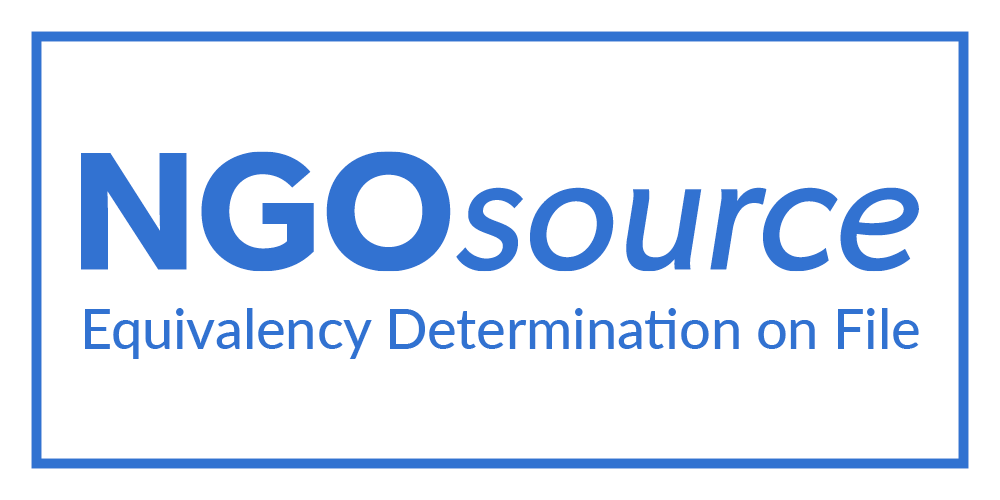The promise to set an artwork as loan collateral still has a blurry future. The idea, as written in the Government Regulation No.24 of 2022 on the Creative Economy (PP Ekraf), has not been supported by ideal conditions in fine art. FX Harsono, an artist, points out how the price of paintings in the art market is usually different from the number at auction houses.
“This shows that there is no standard price. If so, how can this be used as a fiduciary guarantee?” said Harsono in a discussion by the Art Coalition titled ‘Art as Loan Collateral’ at the Grandkemang Hotel in Jakarta on Thursday, October 27, 2022, as part of the Indonesian Contemporary Art and Design (ICAD) event.
Harsono explained that there is still an unclear criteria to formulate a piece of artwork as an object of intellectual property (IP). This criteria includes visual aspects such as techniques, colour, and others. The same goes to the medium, one can’t measure exactly the value of medium since each one of them has different levels of difficulty and challenges.
Digital artwork, for example, requires its own rules and contracts because it is easily copied, distributed, and sold. On the other hand, it isn’t easy to determine the value of installation artwork and its originality as an element of fiduciary guarantee valuation to bank and non-bank institutions.
The unclear scheme makes it difficult for artists to register their works as IP. “Because the artist will definitely ask, which IP? What is the importance of registering a creation as IP? If the art has already sold, then it is no longer the artist’s concern,” said Harsono.
He gave an example of how blockchain technology (digital transactions conducted with cryptocurrency) can be used to protect an artist’s copyright with the use of a smart contract. This mechanism records the contract between the artist and the buyer without involving a third party. Harsono said that this was a transparent contract and beneficial for the artist. In addition to unalterable contract data, the artist can still receive royalties even if the buyer sells the work to another party. In conventional physical artwork transactions, the artist cannot track the owner of their artwork – once it was sold.
The Chairman of the Indonesian Fine Art Gallery Association, Maya Sujatmiko, agrees that art is very difficult to evaluate. It is no wonder that the measurement of the value of a piece of art for loan collateral has never been done in Indonesia. “The PP Ekraf was indeed created to support artists. However, to implement it, there is still a lot of work to be done,” she said in the same discussion.
Maya said that in order for art to be used as loan collateral, the artist should have certification. She added that the government should do more socialization about this process to artists, as well as to banks and other financial institutions. She said that these institutions may not fully understand the mechanism, such as artwork valuation and benchmarks.
Deputy for Economic and Creative Products at the Ministry of Tourism and Creative Economy, Muhammad Neil El Hilman, explained that the valuator of art can be from banks or non-banks. “Valuation is the foundation of this mechanism. The risks related to the values of the artwork will be the responsibility of the valuator. In any case, the bank will trust their assessment,” he said. Neil claimed that banks would not object to this mechanism as long as there were clear rules from the Financial Services Authority (OJK). “That is why we are negotiating with the OJK (about loan mechanism).”
GR No. 24 of 2022 about creative economy stated that its practitioners can use IP products as collateral for loans to financial institutions, both banks and non-banks. This regulation provides a new hope for art and creative industry players. However, the implementation is still disrupted by a number of structural problems. Two of them are copyright management and the access for creative economy players to utilise IP as loan collateral.
In the future, FX Harsono suggested the establishment of an institution is crucial in representing artists when submitting IP as loan collateral.
The art gallery is expected to play this role. However, according to Harsono, it is not easy for Indonesian artists to work with domestic art galleries. Among the galleries, only a handful of them give full attention to the development of artists.
Expecting the art galleries to value IP objects is another kind of challenge. This is because there are not many active galleries in Indonesia. Maya is concerned that there could be a conflict of interest if art galleries who are involved in the loan collateral scheme. She said, “The gallery might not be objective and already has its own (preferred) artists.”
(translated by Moyang Kasih)




